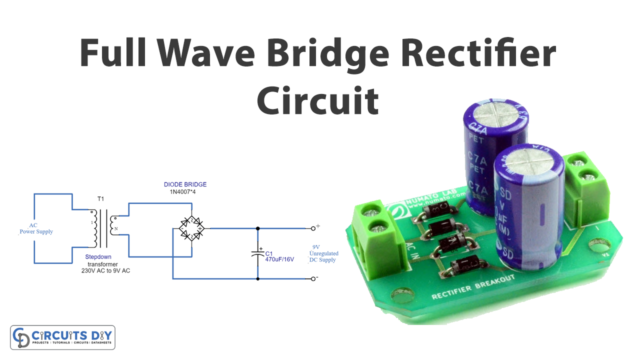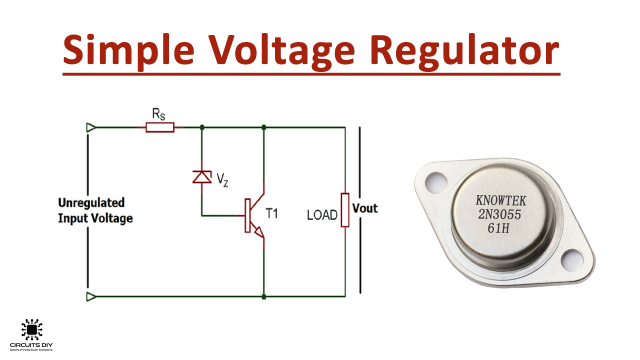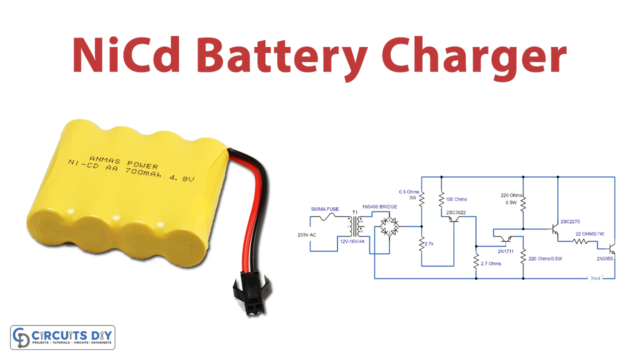Introduction
Are you yearning for the soothing sounds of the sea but can’t make it to the beach anytime soon? Worry not because, with the help of a simple circuit, you can bring the sounds of the ocean right into your own home. Imagine relaxing on your couch, feeling the cool breeze on your face, and listening to the tranquil sound of waves crashing onto the shore.
This circuit is a game-changer for those who love the calming effect of the sea and want to experience it anytime, anywhere. So, put on your swim trunks (or don’t; it’s up to you), grab a cold drink, and get ready to be transported to the seaside with this fantastic sea surf sound effect generator circuit.
Hardware Required
| S.no | Components | Value | Qty |
|---|---|---|---|
| 1 | IC | A1…A3 = TL084 | 1 |
| 2 | Transistor | BC547 | 2 |
| 3 | Resistor | 10k, 47k, 100k, 10M, 1M | 2, 1, 4, 2, 1 |
| 4 | Potentiometer / V. Resistor | 500k, 5k, 250k, | 2, 1, 1 |
| 5 | Diode | 1N4148 | 3 |
| 6 | Polar Capacitor | 22uF 35V | 1 |
| 7 | Non Polar Capacitor | 1u, 10n | 1, 1 |
Circuit Diagram

Circuit Explanation
Overview
The circuit comprises a “murmuring source” made up of transistor T1 and resistor R10. Voltage-controlled amplifier A1 and an external AF amplifier then amplify this effect. Transistor T2 functions as a current-controlled resistance, regulating the amplification of A1. The smaller the resistance, the more powerful the output signal.
The volume of the surf is determined by the output of the triangular pulse generator, which is made up of integrator A2 and triggers A3. Diode D3 is used to prevent the output signal of A3 from heading negative. Without this, the bottom portions of the triangular waveform from T1 would be cut off, resulting in disrupted breakers. Potentiometers P3 and P4 can adjust the slopes of the triangular signal.
How does the Circuit Work?
Diodes D1 and D2 allow for the positive and negative slopes to be fine-tuned independently of each other. The potentiometers also determine the frequency, with the smaller the total value, the larger the frequency. The ratio of the two potentiometers determines the balance of the signal.
During calibration of the circuit, the wiper of P1 is connected to the earth, and P2 is fine-tuned for a smooth murmur within the loudspeaker. If P2 is turned further, the volume level should increase. The background “whispering” of the sea is now fixed. The wiper of P1 is then disconnected from the earth, and the potentiometer is adjusted for the tone of the breakers to improve and perish down at the oscillator’s frequency. P2 is fine-tuned until probable clipping is eliminated.
It’s important to note that P1 and P2 impact one another, requiring additional fine manipulations to achieve the desired result. The shape of the waves can be altered using P3 and P4. A sea wave typically lasts a few seconds from crest to crest, with the surge being 5 to 10 times smaller than the fall. Therefore, the necessary wave appearance is more of a sawtooth than a triangle. Setting P3 to around 470k and P4 to approximately 100k provides a realistic sea surf sound effect simulation. These adjustable elements also allow the circuit to be used for other purposes, such as a steam locomotive simulator.
Conclusion
We hope that this simple sea surf sound effect generator circuit has brought a bit of the beach into your life. With just a few basic components, you can now experience the calming and soothing sounds of the ocean right from the comfort of your own home. Whether you’re looking to relax after a long day at work or need white noise to help you fall asleep, this circuit is the perfect solution. So, go ahead and give it a try! Who knows, you might find yourself drifting off to sleep, imagining you’re on a beautiful sandy beach, listening to the waves crashing against the shore.













